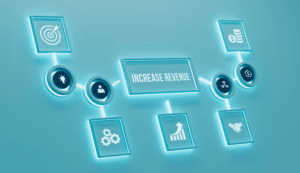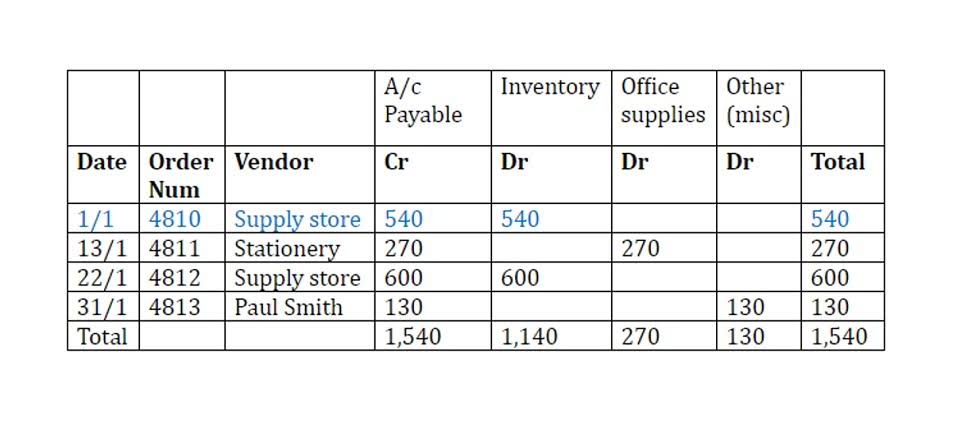
Conversion costs must be determined by Bakery Accounting each organization since they are critical for making significant business decisions and performing basic accounting procedures. It is calculated to determine the cost per unit, which aids the corporation in determining a price for the product. Consider a professional furniture builder who is commissioned to build a coffee table for a customer.
Google Ads Agency in Tampa

For example, if the conversion cost per unit is $9 and the raw material cost per unit is $3, the total production cost per unit is $12. To plan the production budget, the conversion cost per unit can be multiplied by the expected number of units to be produced in the future. Examples of direct labor workers include welders, machine operators, assemblers and painters etc.

Addressable Marketing

You can then use that information to decide if you should allocate net sales more or less of your marketing budget to the campaign. Of course, that is not always possible, such as in the case of shorter advertising campaigns. Textbook content produced by OpenStax is licensed under a Creative Commons Attribution-NonCommercial-ShareAlike License . Remember that conversion cost varies across industries and production methods, so adapt the concepts to your specific context. Total Conversion Cost refers to the overall expenses incurred during the process of converting leads or prospects into paying customers.
Unlocking the Potential of White Label Tools
This includes assembly line workers, machine operators, and other staff who work directly on manufacturing the product. Both prime and conversion costs play an important role in calculating the cost of goods conversion costs sold (COGS). By clearly defining these costs, manufacturers can more accurately reflect COGS in their financial statements. On the other hand, conversion cost in managerial accounting improves overhead management and pricing decisions. It helps you invest in automated tools to reduce labour needs and overhead expenses.
- Comparing conversion costs with prime costs provides a dual perspective on cost structures, aiding strategic planning and resource allocation.
- Once you assess conversion, you can use the information to better allocate your budget and improve returns.
- It is the direct labor plus any manufacturing overheads needed to convert raw materials into a finished product.
- This has increased the speed and accuracy of calculations and reduced the time required to complete the process.
By knowing the conversion cost, manufacturers can set realistic revenue, profit, and expenses targets. This helps ensure the business is on track to meet its goals and can make informed decisions about future investments. Finally, we’ll provide tips on how a company can accurately track and report conversion cost. And, we’ll answer some frequently asked questions, such as whether conversion costs are relevant for decision-making and if they are usually incurred evenly throughout a process. Direct labor costs are the wages and salaries paid to employees who are directly involved in the production process.
Work-Study Techniques: Enhancing Efficiency in Human Work Processes

By knowing the total cost of production, manufacturers can accurately forecast their expenses and plan accordingly. This helps avoid cash flow problems and ensures that the business has enough cash to cover its expenses. By understanding the conversion cost, manufacturers can identify areas to reduce costs and improve their production process. For example, manufacturers can explore ways to streamline the production process, improve efficiency, and reduce waste if the conversion cost is high. This not only leads to cost savings but also improves the overall quality of the finished product. Calculating conversion cost is essential because manufacturers can determine the total product cost.
